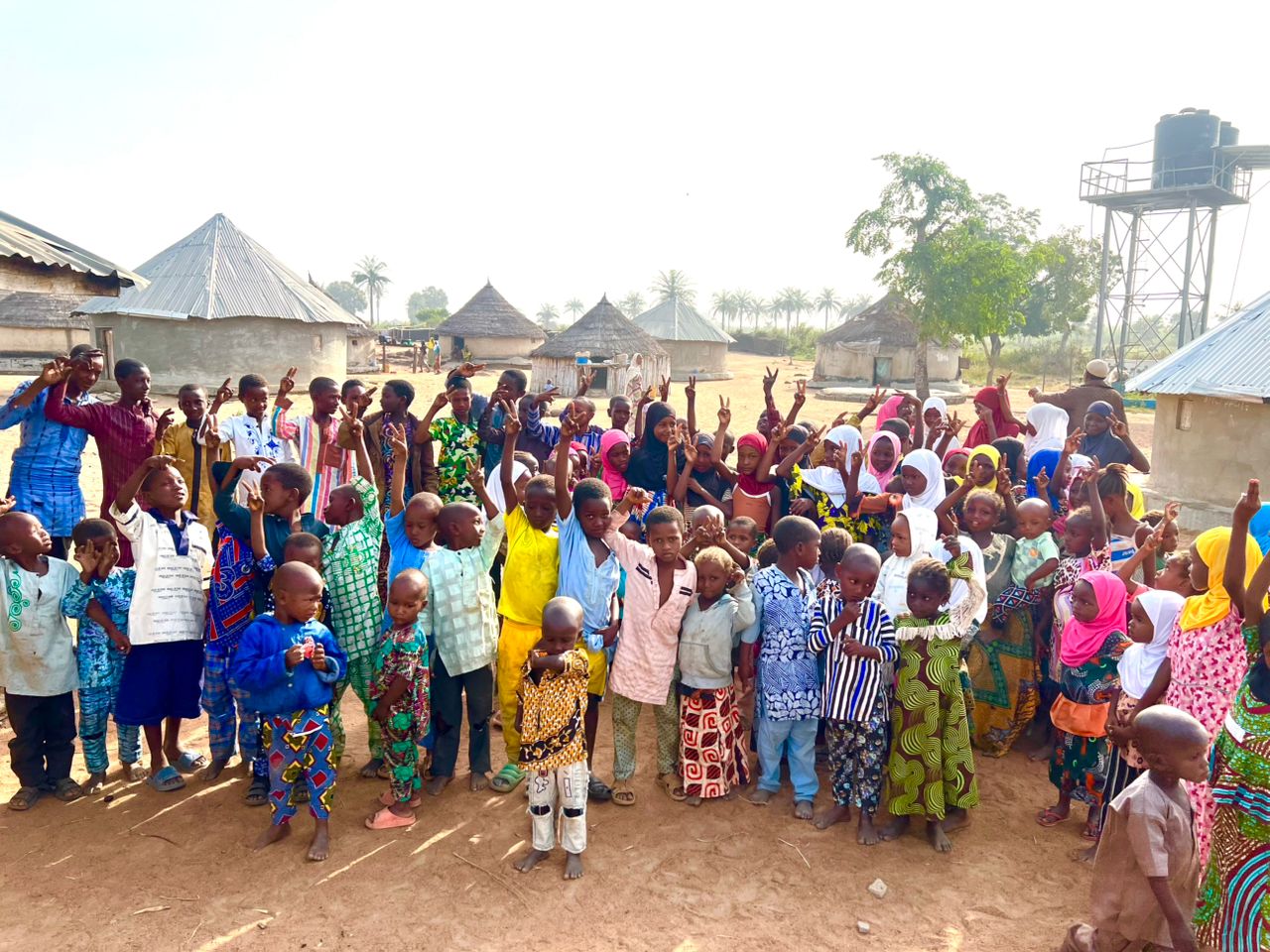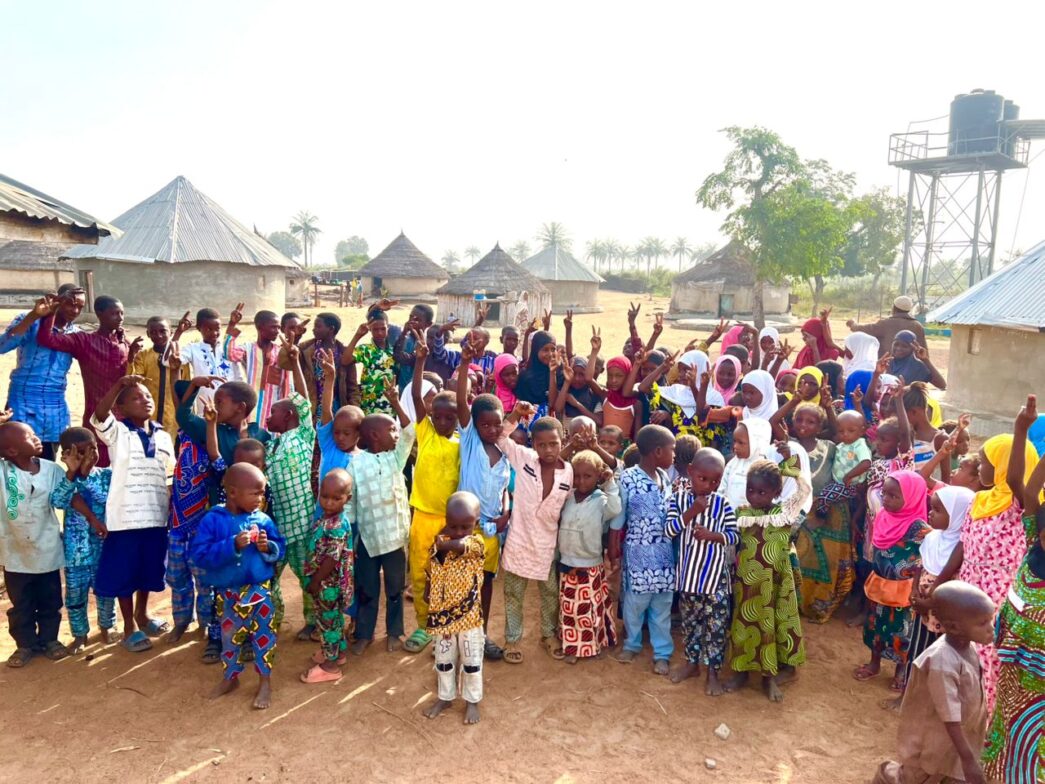Some out-of-school nomadic children in Iseyin LGA of Oyo state.
Africa is the only region where the number of stunted children has grown since 2012, a new report says.
The United Nations Children’s Fund (UNICEF), the World Health Organisation, and the World Bank Group in the joint malnutrition estimates 2025 edition, said the number of stunted children in Africa increased from 61.7 million to 64.8 million, despite global progress in reducing child undernutrition.
Stunting refers to a child who is too short for their age. Children affected by stunting can suffer severe, irreversible physical and cognitive damage that accompanies stunted growth.
The consequences of stunting can last a lifetime and even affect the next generation.
Advertisement
The organisations said after decades of progress, child malnutrition continues to affect millions of children around the world, adding that there are 150.2 million children under five affected by stunting.
“These children begin their lives at a marked disadvantage: they may never attain their full possible height and their brains may never develop to their full cognitive potential,” the report reads.
“Across the globe, 42.8 million children suffered from wasting, including 12.2 million with severe wasting; and 35.5 million were affected by overweight.
Advertisement
“Recent trends signal a worrying halt in stunting reduction, continued high levels of wasting, and unchanged rates of overweight among children under 5 years old globally. Less than one-third of countries are on track to meet 2030 stunting targets, while just 17 per cent are progressing toward overweight reduction goals.
“Asia bears over half of all children with stunting (51 per cent), while Africa accounts for 43 per cent. Most concerning: Africa is the only region where the number of children affected by stunting has increased since 2012, rising from 61.7 million to 64.8 million children.”
The report said just over one quarter of all countries (28 percent) are “on track” to halve the number of children affected by stunting by 2030, and assessment of progress to date is not possible for 20 percent of countries.
“Even fewer countries are expected to achieve the 2030 target of three per cent prevalence for overweight, with just 17 percent of countries currently ‘on track’”, the report reads.
Advertisement
“Further, an assessment of progress towards the wasting target is not possible for over one-third of all countries.
“More intensive efforts are needed for the world to achieve the global targets for stunting, wasting, and child overweight by 2030. Gaps in the availability of data in some regions make it challenging to accurately assess progress towards global targets. Regular data collection is critical for monitoring and reporting on country, regional, and global progress on child malnutrition.”











